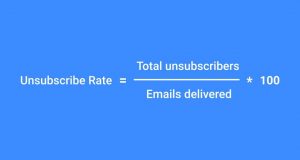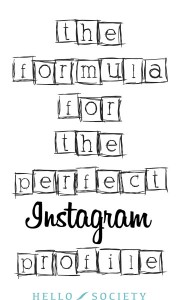
If you’re preparing for a job interview at the moment, you’ll probably have heard the phrase ‘STAR’ technique mentioned once or twice – and for good reason! The ‘STAR’ technique is an effective way to communicate how your skills and experience qualify you for the role in question – and it’s a popular tactic for competency-based interviews, where the interviewer is actively looking for examples of previous work challenges and situations you’ve encountered.
When it comes to the ‘STAR’ technique, there tends to be four parts to your answer – ‘Situation’, ‘Task’, ‘Action/Activity’ and ‘Result’ – and the employer will be carefully listening to each part of your answer to see how relatable it is to the job you’re being interviewed for and how you well you explain each aspect.
With that in mind; in this post I’m going to talk you through what the employer is looking for in each aspect of your answer – and how you can tackle each part to effectively convince the employer you’re the right candidate for the job.
Situation:
In the ‘Situation’ part of the answer, the employer is expecting you to set the scene for the rest of your answer, so you’ll need to outline 5 Ws – Who? What? Why? Where & When?
Obviously with any interview answer like this, it’s a good idea to choose a situation which is really relatable to the role you’re being interviewed for – and of course, one which shines you in the best possible light.
A good example of setting a scene could be: “While working at Company A, Company B were one of my main clients and they came to me and wanted us (the account director, myself and a digital marketing executive) to come up with a new digital strategy which would help them to build their brand online. The client’s main objectives for this project were increasing their social presence and increasing the number of inbound leads and enquiries through their social channels and website.”
Task:
In this part of the answer, the employer wants to hear about the challenges and the expectations you faced. In this part of the answer you can give more context into how you approached planning for this task – and what your individual role was within the team.
Following on from the first example, with the Task element, you could say: “When planning for this project, we completed a full review of their current social media channels and website set-up and also analysed what their competitors were doing – and how successful these strategies were. Following this research, I came up with idea A, B and C. After listening to the client’s aims and objectives, I believed these ideas would help them to hit their KPIs and ultimately help to establish their brand as a leading supplier of X. I knew the client would be keen to see solid facts and figures so it was my responsibility to ensure everything was tagged up properly, analytics was properly implemented and event tracking was set up”.
Action/Activity:
Now you’ve established the background, in the Action/Activity section, you need to explain exactly what action was taken and what tools and tactics were used to help the client achieve their objectives. As I mentioned before, with this type of answer, if you can, try and mention tactics and tools which relate directly to the role you’re interviewing for. Why? Because this will help to convince the employer that you’ve got the practical skills and experience you’re looking for.
Using the example above, a good example answer to the Action/Activity answer could be: “After gathering research from the client, we created a new tone of voice for the social media channels and website – and started to share valuable, practical content for the brand’s clients using key scheduling tools like Sprout Social and Buffer. We also created a series of How-to articles which we published on the client’s website (associated with key terms associated with their products) and then shared across their social channels. We also used Tweetdeck to monitor how this content was received across Twitter and how customer sentiment was building around the brand. We also created a series of infographics which got picked up by the trade press and reworked the enquiry forms and their positioning on the client’s site”.
Results:
In this section, the clue is in the name – you need to talk about the results that were achieved on the back of the project. Relate this part of your answer back to the client aims and objectives (which you mentioned in the Situation/Task part of your answer) and try and include as many facts and figures as you can remember (although as I mentioned in a previous blog, referring to a notebook to ensure you get these figures right isn’t the worst thing in the world!). Be sure to explain how the client/company felt at the end of the project – and also what you learnt as a result.
To round up the example above, a good answer could be: “At the end of the project we’d managed to increase the number of enquiries being made through the site by 200% month-on-month and we increased their Twitter followers from 600 to 3000. We also managed to get the client coverage in key trade magazines which led to an upturn in traffic of 85%. Overall the client were extremely happy and continued to work with us for a further two years.”
Managed to ace the STAR technique at a recent job interview? Feel free to share your top tips in the comment section below…
Business & Finance Articles on Business 2 Community(94)







